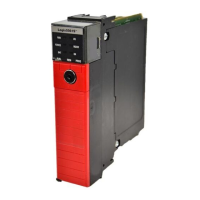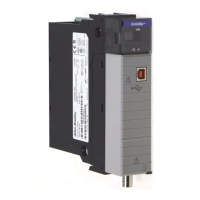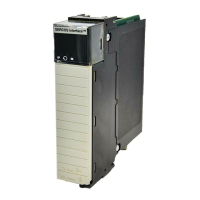Rockwell Automation Publication 1756-RM093J-EN-P - April 2018 43
Characteristics of Safety Tags, the Safety Task, and Safety Programs Chapter 5
Safety Task Execution Details
The safety task executes in the same manner as standard periodic tasks, with the
following exceptions:
• The safety task does not begin executing until the primary controller and
safety partner have established their control partnership and the
coordinated system time (CST) is synchronized. However, standard tasks
begin executing as soon as the controller transitions to Run mode.
• Although the configurable range of the requested packet interval (RPI) for
safety inputs and safety consumed tags is 6…500 ms, safety input tags and
safety-consumed tags are updated only at the beginning of safety task
execution. This means that even though the I/O RPI can be faster than the
safety task period, the data does not change during safety task execution.
The data is read only once at the beginning of the safety task execution.
• Safety input values are frozen at the start of safety task execution. As a
result, timer-related instructions, such as TON and TOF, will not update
during a single safety task execution. They will keep accurate time from
one task execution to another, but the accumulated time will not change
during safety task execution.
• For standard tags that are mapped to safety tags, the standard tag values are
copied into safety memory at the start of the safety task and do not change
during safety task execution.
• Safety output tag (output and produced) values are updated at the
conclusion of safety task execution.
ATTENTION: This behavior differs from standard Logix task execution,
but is similar to PLC or SLC™ behavior.

